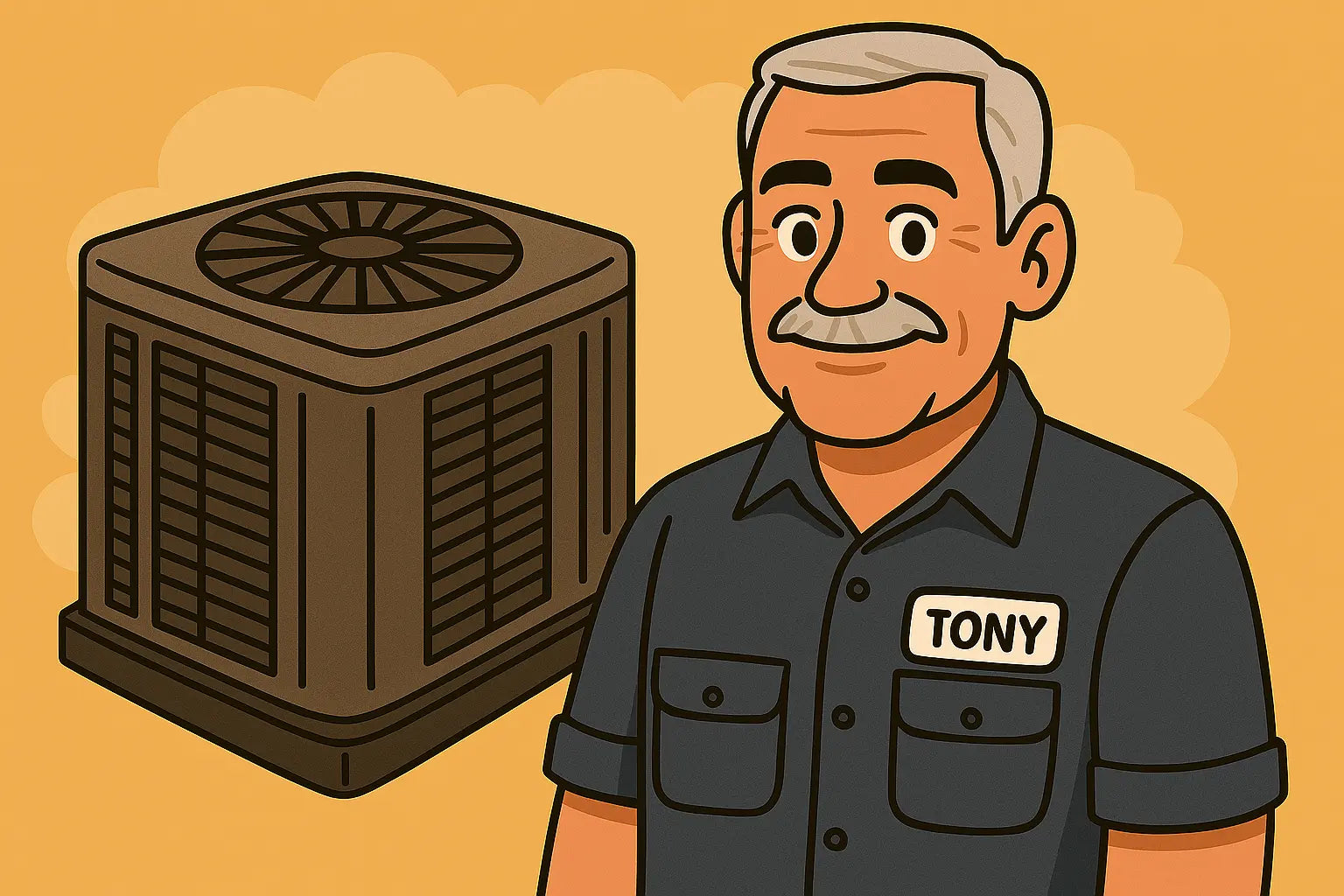Introduction: Why Proper Charge Isn’t Optional
Ask any seasoned HVAC tech and they'll tell you—most compressor failures, coil icing issues, and system inefficiencies can be traced back to one thing: improper refrigerant charge. And when you’re dealing with the Goodman GLXS4BA3610 paired with the AMST36CU1300 air handler, this becomes especially important because of the precision required for R-32 refrigerant.
As R-32 becomes more common, many installers are still adjusting to its higher working pressure, lower GWP, and unique thermodynamic properties. It’s not R-410A. And it can’t be treated like it.
1. Know the System Specs Before Charging
Before touching your gauges or tapping into a cylinder, get familiar with what Goodman requires for the GLXS4BA3610 system. You’ll find the factory charge data on the condenser unit nameplate, and supplemental charge guidelines in the install manual.
Key specs include:
-
Factory charge (typically for 15 ft. of line set)
-
Acceptable subcooling target (generally 8–12°F for TXV systems)
-
Design pressures for R-32 (higher than R-410A—around 410–450 psig on the high side in hot conditions)
Always check these against real-world ambient conditions. You can't just rely on rule-of-thumb pressure readings.
🔗 ASHRAE has an excellent breakdown of R-32’s pressure/temperature chart and why it behaves differently from R-410A.
2. Tools You’ll Need for R-32 Systems
Charging R-32 requires the right equipment. Not just for performance—but for safety.
Must-haves:
-
R-32-compatible manifold gauges and hoses
-
Digital scale (for accurate weight-based charging)
-
R-32 recovery machine (rated for flammable refrigerants)
-
Vacuum pump with micron gauge (target below 500 microns)
Important: R-32 is classified as A2L (mildly flammable). That means you must comply with EPA and local codes regarding leak detection, ventilation, and handling.
🔗 HVAC School covers A2L refrigerant safety in great detail and is a must-read before working with R-32.
3. Choose Your Charging Method: Weigh-In or Superheat/Subcool
There are three methods for charging AC systems, but only two are recommended for this Goodman model depending on your installation:
Method 1: Weigh-In Charging
This is the most accurate and recommended method when:
-
You’re installing a new system
-
You know the exact line set length
-
You’re starting from a vacuum
Subtract or add refrigerant based on Goodman’s line length tables.
For example: If the factory charge covers 15 ft. and you’re running 25 ft., you may need to add ~6 oz (based on manufacturer specs—always check the manual).
Method 2: Subcooling Method (TXV Systems)
If weigh-in isn’t feasible, this method works—especially if the system is already running and you're fine-tuning.
-
Let the system stabilize.
-
Measure liquid line pressure and temperature.
-
Calculate subcooling.
-
Compare to target (usually 8–12°F).
-
Add or remove refrigerant in small increments.
🔗 AC Service Tech has a great explanation of the subcooling method and when to use it.
4. Don’t Guess—Avoid These Common Charging Mistakes
Overcharging or undercharging can cause serious issues:
| Mistake | What Happens |
|---|---|
| Overcharging | High head pressure, compressor overheating, increased energy use |
| Undercharging | Coil icing, compressor short cycling, reduced cooling output |
| Using pressure-only charging | Pressure varies with ambient temp—totally unreliable alone |
| Not evacuating properly | Moisture = acid formation = early compressor failure |
Always charge slowly and allow the system to stabilize after every addition.
🔗 Lee Company explains how poor refrigerant charging leads to system failure.
5. Final Steps: Verification & Documentation
Once your target subcooling is dialed in and your gauges are stable, don’t just pack up.
Verify:
-
Return and supply air delta (should be ~18–22°F)
-
Compressor amp draw (compare to nameplate FLA)
-
Ensure no bubbles in sight glass (if installed)
-
Listen for unusual compressor noises
Document:
-
Ambient temp
-
Line set length
-
Refrigerant added or removed
-
Subcooling/Superheat readings
This protects you and builds trust with the customer.
🔗 CIM recommends documenting HVAC commissioning data, especially with new refrigerant types like R-32.
Final Thoughts: Get the Charge Right, Get the Performance Right
The GLXS4BA3610 is a precision-engineered unit built for high-efficiency cooling with eco-friendlier R-32 refrigerant—but it demands proper installation practices. A poor refrigerant charge is like putting the wrong octane fuel in a high-performance engine. It might run, but it won’t last.
Whether you’re a veteran tech or just getting familiar with R-32 systems, following a methodical, measured approach to charging ensures you’ll avoid callbacks, increase unit lifespan, and deliver the performance Goodman intended.
Learn more about this R-32 system here: Goodman 3 Ton 14.5 SEER2 System with GLXS4BA3610 + AMST36CU1300
Curious about warranties and registration? Visit my guide: Warranty & Registration Tips for Your 3‑Ton Goodman 14.5 SEER2 R‑32 System Bundle.
Until next time,
Tony the Trusted Tech







